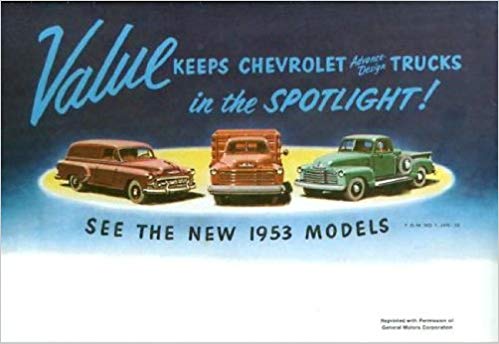I had a productive day in the garage yesterday, finishing up a project that I had started a couple of weeks ago. Initially, I had wanted to drain and remove the radiator from the truck and put it on the engine test stand. But, it was really cold this weekend and as everyone knows, I'm pretty much a weather wimp. Meaning, as I was inspecting the old radiator, it was so cold that it was making my hands hurt. So on my day off (Friday) I decided to not even work on the truck and instead put on my outdoor work gloves and tango'ed with the sweet gum tree gum balls.... What an awful tree, but I digress. Coming back on Saturday, it was 10 degrees warmer, but still not conducive to crawling around on the concrete floor. What to do? I know, finish cleaning and then painting the flywheel and clutch cover.
To refresh everyone's memory, there are two pieces to the cover. One of them attaches to the bottom of the bell housing and is rounded to accommodate the flywheel and the second is a piece attaches to the back of the bell housing to cover the remaining opening. When I removed them from the old engine that is currently in the truck, they looked like this:
Inside - Before initial Cleaning
Outside - Before Initial Cleaning
Inside - After Initial Cleaning
Outside - After Initial Cleaning
All in all, it was a pretty dramatic improvement. However, they were still not ready to accept paint. There was still an oily film on them and clearly, there is some surface rust. All of that had to go, but I wasn't sure how I would get that last bit of oil off. The rust would be easy, after the oil was gone.
Then, while cleaning up from working on the water pump installation, I had an epiphany. Why not use my citrus based hand cleaner? That stuff is amazingly good at getting the crud off of my hands, why not give it a try. The hand cleaner that I use is this stuff:
So, I squeezed a little on one of the pieces and used a damp paper towel to work it around a small area. To my surprise, the paper towel turned a nasty gray/brown. It was working! I took it to the hose outside and washed it off then dried it. I ran my finger over the area and there was no oily feeling! Hello! Here we go! Working a little area at a time, because the cleaner tends to dry out, I cleaned both pieces completely with the hand cleaner. After cleaning, washing and drying, I then washed them down with brake cleaner. The thought here is that there could be some citrus oil residue and that would mess up future paint. After the final cleaning, it was time to deal with the last bit of rust.
Being cold, I really didn't want to deal with cleaning out the garage to get to the blast cabinet and compressor. So, instead, I used the Dremel and a sanding wheel. I did a quick comparison and figured time-wise, it would be about the same time and easier on me to just use the Dremel. In reality, it was quick and easy. Sorry, but I didn't take any time for pics at this stage.
After using the Dremel, it was a quick wipedown with mineral spirits and when dried, primer. I've got this process down by now. Heat the metal up a little with an old hair dryer, apply primer and then help the primer flash over with a little more hair dryer. This allows you to paint when it is cold out and speeds up the process. After primer, it was time to spray on some of that beautiful Chevy Blue paint. Working one piece at a time, they both got done and then moved to the basement so the paint could fully cure overnight.
Here's what they look like now:
Inside - After Cleaning, Priming and Painting
Outside - Outside After Cleaning, Priming and Painting
To give you all a reference point as to where these parts actually fit, here is the larger piece attached to the restored bell housing:
Viewed from bottom of bell housing
Viewed from back of bell housing (side that faces the transmission)
Smaller part attached to side of bell housing that faces the engine block
So there you have it. A small project finished up on a cold January day. It needed to be done, so that was good. These parts were taking up a huge space on the workbench, so having them restored and off the workbench is also good. Figuring out another way to degrease parts without having a parts washer, also good. All in all, it was all good.
 |
| Before |
 |
| After |
































